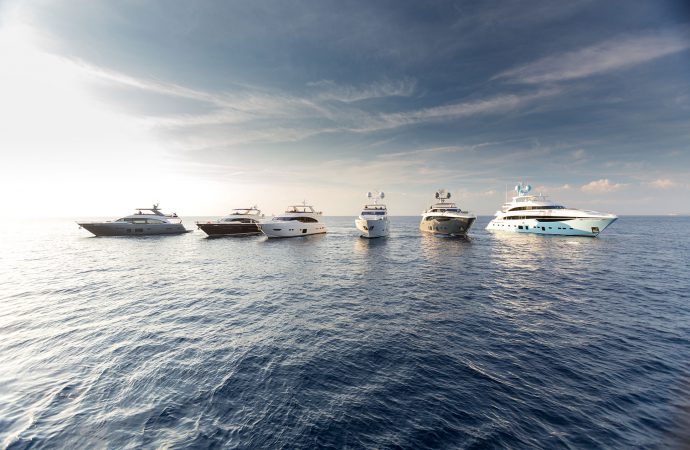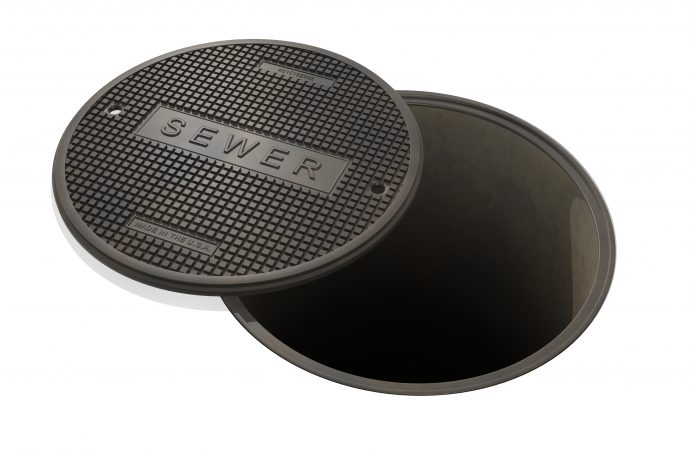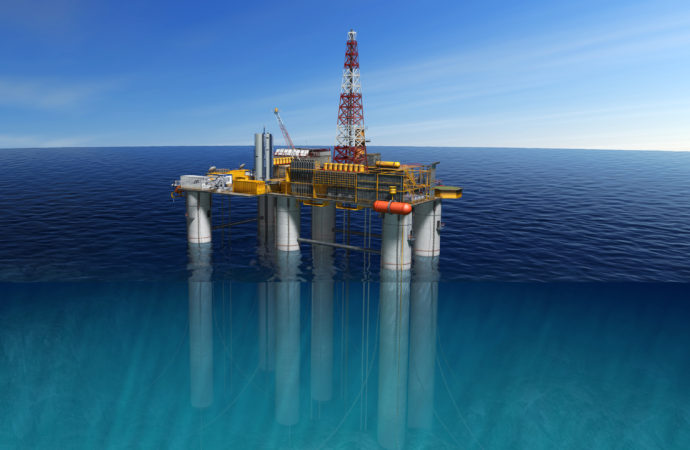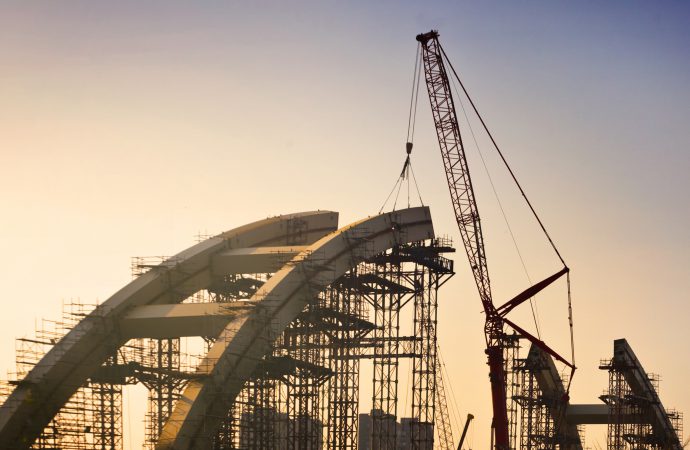Markets

Automotive
The drive to produce lighter, more efficient vehicles is increasing, it is the Automotive industry that is relying on the development of composite materials to aid its own progress.
The reasons for replacing materials such as aluminium and steel with composites are:
- Potential lower raw material cost
- Reduced weight leading to less energy consumption
- The use of composites can in some circumstances extend the life expectancy of the vehicles

Aerospace
The high pressure and performance standards placed upon materials in the Aerospace industry can often be far greater than that in other industries. The ever-growing confidence in fibre reinforced plastics within the aerospace industry has led to more sophisticated applications on aircrafts. Initial tests carried out by the military applying composite materials to radomes (the outside shell which protects the antenna) and soon spread to secondary structures and internal components.
The development and increased confidence placed in fibre reinforced plastics has now seen wider applications across the whole aerospace sector, notably in the fuselage, wing structures and vertical stabilisers of major passenger aircraft.
As well as commercial aircraft, there has been an increase in composite materials used in the production of helicopters. Rotor blades especially have seen a change in production from lightweight metals to composite materials; due to the lightweight and corrosion-resistant properties which they have.

Marine
The use of composite materials in marine and off shore applications has been prominent for the past forty years. As one of the leading suppliers to the UK marine industry, Cristex offers a very comprehensive range of materials for the production of all types of boats including: luxury yachts, dinghies, high-performance sailing yachts, motor craft and military vessels for both high speed and recreational use.
The benefits of using composite materials range from excellent strength to weight ratios, durability, environmental resistance, low maintenance and ease of repair which has seen an increased application of composites in racing yachts in particular.
The extensive product range which Cristex offers, covers all structural aspects using the highest quality materials backed up by a superb technical support team.

Renewable Energy
An ever-growing industry, the renewable energy sector is increasingly turning to the use of fibre reinforced polymers as a key element in construction and manufacturing. Properties such as minimal maintenance requirements, excellent fatigue strength and the ability to resist random loading and corrosion have seen the rise in the popularity in the use of composite materials in this industry. It is these key properties which have led to the use of composites in both wind turbines and subsea turbines.
Along with the tradition application of composite materials in wind turbines it is the growing trend of marine and subsea turbines which have utilised the advanced properties. The high strength to weight ratio which is found in composite materials is ideal for underwater application with the production of composite material rotor blades. The composite materials are able to with stand high water pressure and will require less maintenance.
The experience which Cristex has, working with the renewable energy industry in developing blades for wind turbines has allowed us to stock the required products to fulfil market requirements.
Cristex’s rise as one of the leading suppliers of composite materials to the wind energy sector has afforded the company the knowledge and skills required to aid leading manufacturers in the wind energy industry.

Sports & Recreation
The use of fibre reinforced plastics has been a fundamental part of in the development of a wealth of sporting and leisure apparatus. It’s lightweight and resistant nature have allowed for a wide range of uses across the sports and leisure industries. Whereas in the past aluminium, titanium and other light metals would have been used as a primary material, their inability to take stress made them unreliable.
The allowance for greater resistance from fibre reinforced plastics made for increased performance and, over time, increased use from both professionals and sporting enthusiasts.
Recently, the application of fibre reinforced plastics into the development of road cycles has given yet another value to the uses of composite materials.

National Utility
An industry sector that is continuously growing, the application of composite materials in national utilities are constantly being explored to provide a longer lasting and safer alternative to traditional materials.
Regular street furniture such as drain covers have seen a huge increase in production when made from composite materials. The lightweight nature of the product, combined with the strength capabilities make them an ideal replacement for traditional cast iron covers.
As more and more utility infrastructures require to be replaced generally speaking it is the high resistance and low-maintenance properties which encourage the use of composites in this field.
For example; items such as manhole covers to pedestrian bridges and benches are now being constructed out of composite materials.

Caravans & Leisure
With a continued focus towards reducing weight in the caravan industry, the inclusion of composite materials in the construction process has given manufactures the opportunity to adopt the benefits which composites can offer. A reduction in the weight of the caravan lowers the requirement for the customer to have a heavy vehicle to tow.
The new approach to caravan construction, in particular the move towards replacing timber components with composite materials have given the market a new avenue to explore. In the past, the main structure of the caravan and the floor were manufactured with timber and mechanically fixed together with screws.
High resistance composite materials are also able to improve the durability of the caravan and avoid the damage which water ingress can have on caravans.

Oil & Gas
The past thirty years has seen the application of fibre reinforced polymer composites increase in the oil and gas industry.
Protection, pressure vessels, equipment and pipework have all seen major advances in performance with the introduction of composite materials. The corrosion resistance properties of fibre reinforced polymer composite pipes offer reliability, lower life cycle costs and improved safety.
Available from Cristex are various resin systems which when applied to a fabricator can provide long-term resistance to a wide range of temperature environments and chemicals.

Industrial
The application of composite materials in construction is fairly recent in comparison with that of more traditional applications such as automotive, marine and aerospace. The long life span of composite materials is attractive to the construction industry due to the lower life cycle costs and reduced amount of maintenance costs.
Recently the use of composite materials in bridge construction has increased owing to the numerous advantages in particular the high weather tolerance properties which make composite materials ideal for outdoor use. Whereas in the past pedestrian bridges corroded in the winter because of the de-icing salts used however, presently the use of composite materials has brought an end to this and increased the life span of bridges.
Other current applications can be found in housing construction where composite materials are being used from front doors through to chimneys.